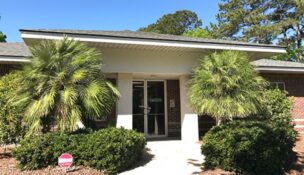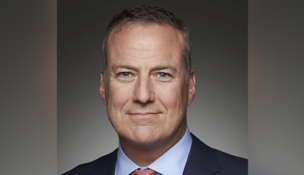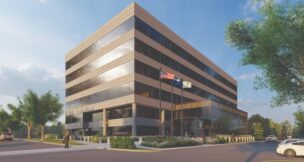No easy answers to parking problems
Staff //September 26, 2019//
Parking and a short commute are among the top priorities for employees, even outranking the availability of good coffee.
A nationwide survey of 503 workers by Clutch Real Estate found that 70% of them drive alone in their cars to work, and 5% carpool. Of those surveyed, 49% said an office’s proximity to their home is their top priority.
“People cared more about being close to home and having easy commutes than they do about being near other location perks such as restaurants, coffee shops, gyms, stores, all of that. We found that people really value their commutes,” said Clutch senior content writer Kristen Herhold.
If your office is in downtown Columbia, parking can be a challenge for all those employees who drive to work.
A recent research and forecast report from Colliers International South Carolina determined that adding parking options in Columbia would increase economic growth and found that the lack of parking is a deterrent in attracting new office and retail tenants. The report concludes that the 2,039 garage parking spaces in downtown Columbia are not enough to encourage new development, but rents need to be higher to make it feasible to build new office spaces downtown that include parking.
Downtown Columbia is defined in the study as the area between Assembly and Bull streets from Calhoun to Green streets.
“The underlying problem that you’ve got is that our rent structures, primarily our office rents, don’t support the construction of a new tower with parking,” said Ron Anderson, Colliers vice president of research.
The vacancy rate for parking garages in the central business district in Columbia is 16.14%, allowing parking facility owners to charge rates based on the demand. By comparison, in Charleston, the vacancy rate is approximately 20% during peak times, while Greenville has a parking vacancy rate of 11%.
Add to this the growth in the downtown area of residential space and ground-floor businesses such as restaurants and retail, and the competition for parking spots is fierce.
Of the 985 available surface parking spots downtown, 69 surface lot spaces are available to shoppers and diners, the Colliers study found.
“In a lot of downtown Columbia, you don’t have to provide any parking. You can just build a tower,” Anderson said. “But if you’re a tenant and you’re going to rent 10,000 feet and you’re going to put 300 people in there, or whatever number, you’re going to have to have sufficient parking for your staff. If they’ve got to walk six blocks to find a parking lot, and then they pay for it out of pocket, or the company pays for it, it’s really prohibitive.”
The office vacancy rate in downtown Columbia is just under 11% and the retail vacancy rate is less than 2%, the Colliers study found.
People can pay anywhere from $40 to $300 per month to park in a surface lot. Reserved spaces run between $75 and $120 a month, while unreserved spaces range from $52 to $90. For short-term parkers, such as shoppers, diners or office clients with appointments, there are 133 metered parking spaces with a two-hour limit.
The Colliers study concluded that “customers will often choose to shop in other retail areas rather than parking and walking a long distance to stores, or not being able to find an available parking spot.”
The distance between a parking facility and an office is important to employees because walking a greater distance between their cars and their workplaces takes time out of their days. Anderson said in cities like New York or Chicago, walking six blocks after parking is not unreasonable, but it is to workers in Columbia.
“Walking more than a couple blocks is hard for people to contemplate … and so employers want to have parking available for their staff in some form or fashion, whether they pay for it or their staff pays for it. But they’ve got to have it available to them, and that’s where it becomes a problem,” Anderson said.
Anderson said Columbia’s parking problem is a result of an increase in density. Employers are putting more workers per square foot inside buildings, making the occupancy of office buildings higher.
“The underlying problem is our rents are not high enough to support the construction of a building,” he said. “Because the rents are not high enough to support it, nothing will get built or is being built. So everyone just struggles to operate within the confines of what’s out there already, and almost no new stuff is being built.”
But parking problems also can signify commercial success, because customers are visiting your office, suggested Lee Mashburn, president of Mashburn Construction. Although he said downtown Columbia needs another parking deck, he said people can also “park one street over and walk.”
Despite Columbia’s high occupation rates for public parking spaces, the cost is fairly reasonable, which encourages people to drive their own cars to work, Anderson said. Parking fees are not expensive enough to rationalize building more facilities or to encourage commuters to take public transportation, he said.
Anderson called it “this weird chicken and egg problem.” He said commuters are going to have to rely on public transportation, or walk to work, eat or shop. He said the city also needs to raise parking rates.
“That will help create an economic situation where people can then make money parking cars,” he said. “Of course, that seems counterintuitive because people say, ‘Well, there’s not enough parking, and if you raise the rates, that makes it more expensive to be downtown.’ But it’s a simple supply-and-demand thing: when parking is too cheap, lots of people park. More people park than would otherwise do so (instead of using) alternative ways to get around.”
i


















